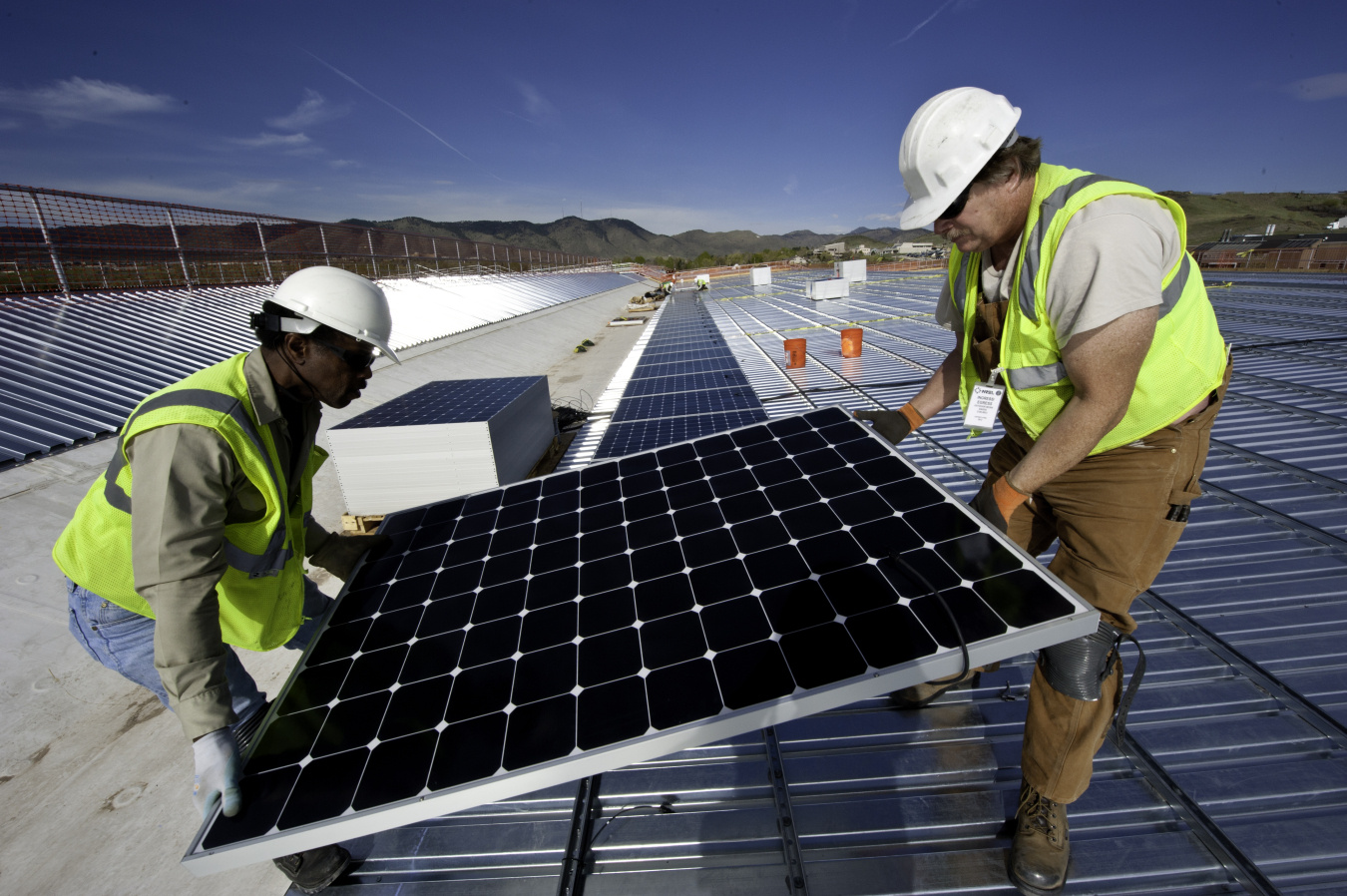Solar panels are a common sight on rooftops and across open landscapes, yet many people are still curious about how these systems actually generate electricity. While the idea of turning sunlight into usable energy may sound complex, the process is simpler than it seems. Freedom Forever Solar, a residential solar provider, helps homeowners understand how solar technology works, from how Photovoltaic (PV) cells absorb sunlight to how inverters convert that energy into electricity for household use. By demystifying the system’s operation, the company empowers homeowners to make informed energy choices.
Gaining a basic understanding of solar energy science helps homeowners feel more confident in their investments. It also reinforces the reliability and efficiency of modern solar systems, especially when people can see how sunlight is transformed into a dependable, renewable power source for their daily lives.
The Basics of Solar Energy
At the heart of a solar panel system is the Photovoltaic (PV) effect, a natural process by which certain materials produce electricity when exposed to light. This principle has been known for more than a century, but only in recent decades has it become efficient and affordable enough for widespread use in residential energy systems.
Solar panels are made of multiple solar cells, typically composed of silicon. When sunlight hits these cells, it knocks electrons loose from their atoms. This movement of electrons generates an electric current, which is the foundation of how solar power is created.
What Happens on the Roof
When sunlight strikes a rooftop solar panel, each cell captures light and begins generating Direct Current (DC) electricity. Since most home appliances use Alternating Current (AC) electricity, the DC power must be converted before it can be used.
It is where the inverter comes into play. It is usually located near the main electrical panel or mounted directly onto the solar system. The inverter changes the electricity from DC to AC, allowing it to power everything from kitchen appliances to lighting and air conditioning.
Depending on the system design, solar electricity may be used immediately, stored in a battery, or sent back to the power grid. Many homes use a mix of these methods, depending on energy needs, the time of day, and the presence of any storage system.
Solar System Components, Simply Explained
A complete residential solar system includes more than just the panels on the roof. Here are the key components that make everything work together:
- Solar panels: These capture sunlight and generate DC electricity. They are usually installed on rooftops or ground mounts.
- Inverter: Converts DC power into AC power for home use.
- Electrical panel: Distributes the converted electricity to different areas of the house.
- Net meter (optional): Measures how much electricity is sent to and from the grid. In some areas, this allows homeowners to receive credit for excess power.
- Battery storage (optional): Stores surplus energy for use when the sun isn’t shining, such as at night or during outages.
Each part of the system plays a specific role in making sure the household has a consistent, reliable energy supply.
What Happens When the Sun Goes Down?
Solar panels generate electricity only when sunlight is available, but homes use power 24 hours a day. This gap can be managed in a few different ways:
- Grid-tied systems: These rely on the utility grid when solar production is low or nonexistent. At night, for instance, the home pulls electricity from the grid.
- Solar-plus-storage systems: Batteries store extra energy generated during the day and release it at night or during outages.
- Net metering: When allowed by the utility provider, net metering lets homeowners feed excess power back to the grid in exchange for credit. These credits can be used later when the system is generating electricity.
Monitoring and Performance
Modern solar systems often include monitoring tools that track performance in real-time. These platforms show how much energy is being generated, how it’s being used, and when the system is drawing power from or sending it to the grid.
Monitoring helps homeowners stay informed about their energy usage and identify any issues with system performance. It also reinforces the tangible impact of solar energy. Seeing panels generate power on a sunny day offers a sense of ownership and clarity.
Some monitoring tools are integrated with mobile apps, making it easy to check system status from a smartphone or tablet.
Environmental Benefits Made Clear
One of the most appealing aspects of solar energy is its environmental impact. Because solar panels don’t burn fuel or release emissions, they contribute to cleaner air and reduce greenhouse gas emissions. Every kilowatt-hour of solar energy offsets energy that might otherwise come from fossil fuel sources.
Over time, this adds to a meaningful reduction in carbon output, especially as more homes adopt solar technology. By choosing solar, homeowners not only reduce their utility bills but also support broader sustainability goals.
Making the Process Understandable
A common barrier to solar adoption is the perception that the technology is too complex to understand. However, when the process is broken down into simple, sequential steps, from sunlight striking a panel to electricity flowing into a home, it becomes much more approachable and intuitive for homeowners.
Solar installers play a critical role in this educational journey. By walking customers through each system component, addressing questions about performance, and setting realistic expectations, they help create a more transparent and confident experience for new solar adopters.
Freedom Forever reviews each part of the solar process during personalized consultations, helping homeowners make well-informed decisions. By emphasizing system transparency and offering clear, practical education, it not only shows how solar works, but also what customers can expect throughout the system’s lifespan. This focus on clarity builds trust and long-term confidence in residential solar investments.
A Simple Process with Long-Term Value
Turning sunlight into electricity may sound high-tech, but it’s really just a matter of capturing light, converting it and putting it to work. With the right components and support, solar power becomes a reliable, user-friendly way to meet a household’s energy needs.
Understanding the basic science behind solar systems can remove some of the mystery and make the idea of installing panels less intimidating. As solar adoption grows, more homeowners are realizing that they don’t need to be engineers to benefit from clean, cost-effective energy.
Whether paired with storage or connected to the grid, residential solar offers a straightforward and reliable way to reduce energy costs and environmental impact, all by harnessing the power of the sun.










